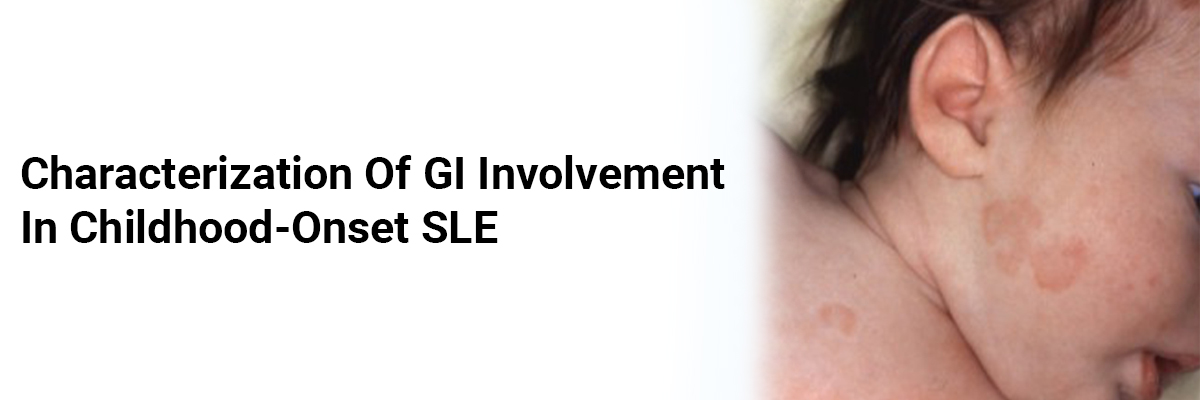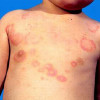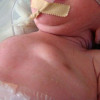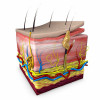
Characterization of GI involvement in childhood-onset SLE
More than half of patients
with childhood-onset systemic lupus erythematosus (SLE) patients present with
gastrointestinal symptoms at the time of diagnosis, suggests a multicenter
study from Turkey published in the journal Lupus.1 The most common initial presenting
features were abdominal pain and raised liver enzymes.
This retrospective cohort
study included 123 patients with childhood-onset SLE, aged ≤ 18 years, as
confirmed by the Systemic Lupus International Collaborating Clinics criteria,
from 16 referral departments of pediatric rheumatology. These children had
features of GI involvement. Characterization of the GI manifestations was the
objective of the study.
Over half of the study
group (63.4%) had GI signs and symptoms when first diagnosed. The rest
developed these manifestations after a median duration of 12 months. While
two-thirds of the participants (66.7%) presented with GI-related symptoms, the
remaining 33.3% were diagnosed based on laboratory findings.
Abdominal pain was the
commonest presenting symptom (62.6%). Elevated liver enzymes (~60%),
hepatomegaly (32.5%), diarrhea (21.1%), and jaundice (~9%) were the other
presenting symptoms. In 78.6% patients, the GI signs and symptoms were
associated with SLE. On the other hand, in 28.5% patients, the GI involvement
was attributed to drug-related adverse events and in less than 1% patients to
comorbid conditions.
Involvement of the kidneys
or the central nervous system is more frequently observed in patients with SLE,
although around 40% of them have GI involvement. While most GI symptoms are
mild, some can be acute and potentially life-threatening such as lupus
mesenteric vasculitis. Hence, SLE must be considered in the differential
diagnosis when evaluating children presenting with GI manifestations. Also,
children with SLE should be routinely screened for elevated hepatic
transaminases, even if they do not have GI symptoms and evaluated further if GI
involvement is suspected. These findings also make a case of inclusion of GI
components in the SLE diagnostic criteria.
Reference
1. Hafize Emine Sönmez, et al. Exploring
gastrointestinal manifestations in childhood onset systemic lupus erythematosus
- Insights from a multicenter study. Lupus. 2024 Aug 26:9612033241279071. doi:
10.1177/09612033241279071.













Please login to comment on this article